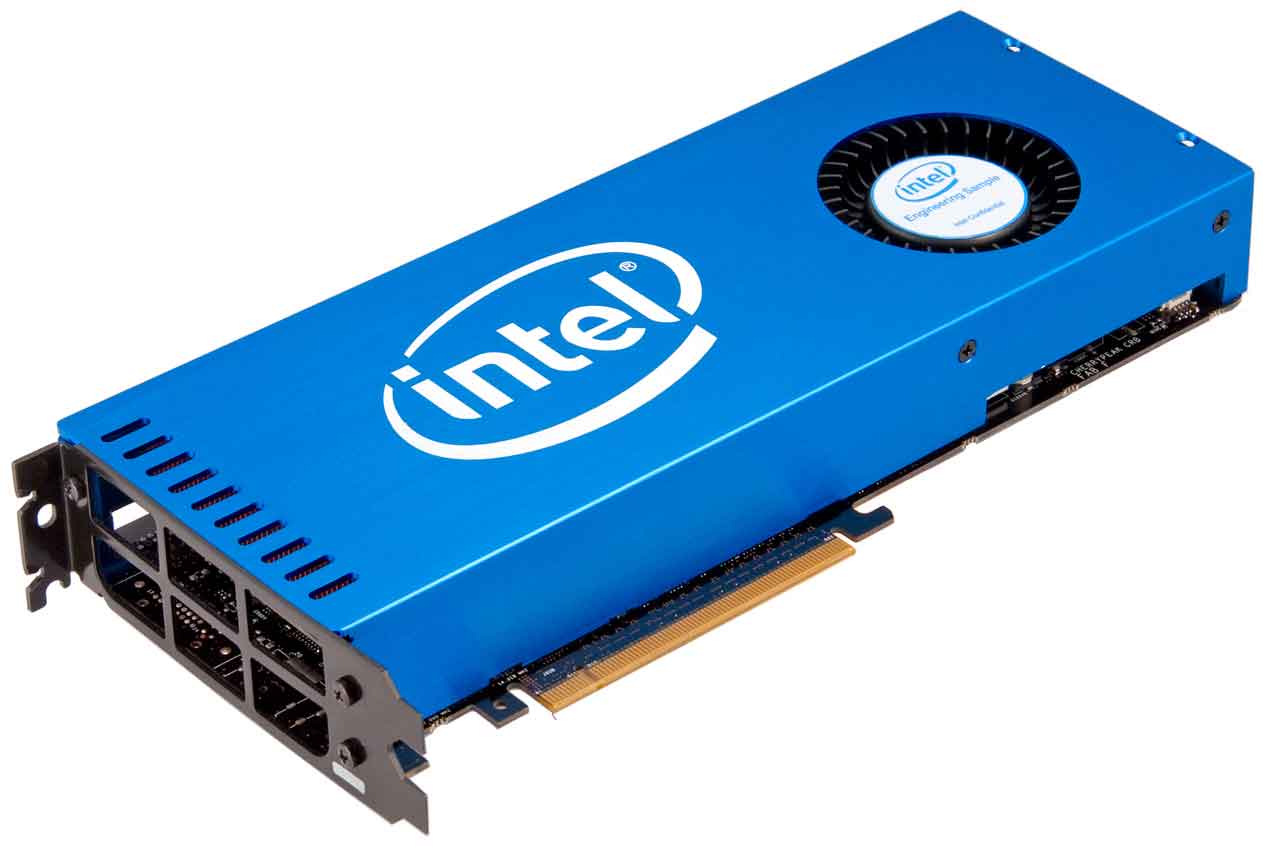Intel Knights Landing: The world of supercomputing is about to get a lot more exciting
Intel has recently announced a new chip designed for High Performance Computing (HPC), is slated for shipping next year, under the codename “Knights Landing”.
At this point there isn’t a lot of information on the new chip, except for what has transpired from the U.S. Department of Energy. The Department is in fact planning to use the new chip to power its own 9,300 core supercomputer, set to begin operations at the National Energy Research Scientific Center in Berkeley, CA.

By this token, the 72 Core Xeon-Phi processor will thrust the department’s new supercomputing facility, past the Chinese-made Tianhe-2, which is the present holder of the title for World’s fastest supercomputer.
The new chip will ship in two configurations: in PCIe coprocessor form, as the current line of Knights chips exists today, and as stand-alone chip, designed to plug directly into a motherboard’s socket, which is expected to be still the most common consumer-facing iteration.
According to Intel’s VP of Data Center Group, and HPC general manager, Charlie Wuischpard, as many as 50 manufacturers will build and ship systems designed to support Knights Landing 14-nanometer architecture.
MCDRAM Support
Knights Landing will ship with 16GB of MCDRAM, a type of memory that is known to be five times more efficient than DDR4, and three times denser than the GDDR5 memory used in graphic cards like nVidia GeForce, or in the specific case of HPC, nVidia Quadro.
This means that the new chip will consume less power and generate less heat, within the same 14nm form factor. In fact, it’s a vast improvement over its 22nm predecessor.
Single and Double Precision
Knights Landing’s advanced architecture will also be capable of Single Precision computations up to 8 teraflops, and Double Precision processing up to 3. In simple terms, the new CPU will be able to handle 32-bit (Single Precision), and 64-bit(Double Precision) applications a lot faster.
Supercomputing has changed over decades, and as of late, an increased focus in machine learning has created a push for double-precision arithmetic processing. By this token, services like Google Search, Microsoft Cortana, and Apple Siri, continue to create a need for High Performance Computing chips, like Knights Landing, and future iterations.
Taking on nVidia
Intel’s upcoming chip is also set to take on Tesla, nVidia’s own HPC chip, or as nVidia defines it, Accelerated Computing, designed for server and workstation use.
What about consumers?
While it’s very unlikely that Knights Landing will power the next ultraportable PC, like Microsoft Surface Book of the next Apple MacBook, there is a lot of the Xeon Phi technology behind the inspiration for consumer-facing processors like Skylake. With that in mind, it’s entirely possible that Intel may reach its goal of creating a 10 nanometer chip that is just as fast as Skylake, to power next generations laptops, tablets and All-In-One’s, thanks to the technology that has brought to the design of Knights Landing.